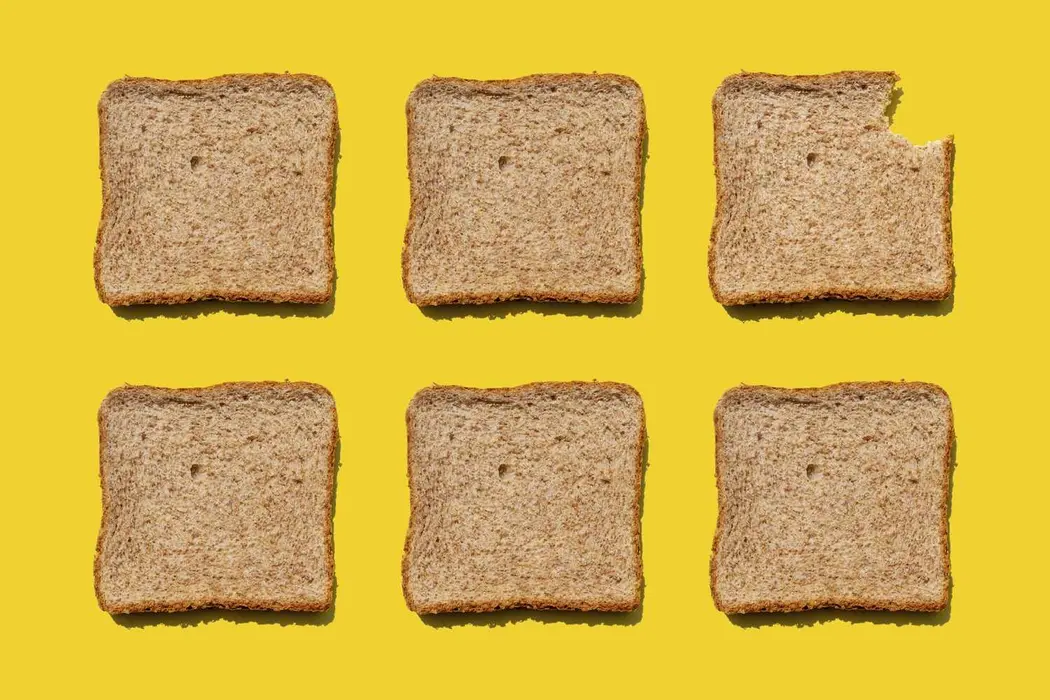T4K3.news
UPF guidance clarifies risk range
New guidance shows some ultra-processed foods can be part of a healthy diet when chosen with care.

A nuanced view shows some packaged foods can fit a healthy diet when chosen carefully and paired with whole foods.
Not All Ultra-Processed Foods Are Bad for You
Ultra-processed foods dominate the U.S. diet, but new guidance from the American Heart Association argues the category is not a single health risk. The association notes that nearly 60 percent of U.S. calories come from UPFs and that health effects depend on the item and the overall pattern of eating. The analysis also separates processed items that can be part of a healthy diet from those that are clearly harmful, such as sugary drinks and processed meats.
Green-flag items include lightly salted nuts and seeds, low-sodium canned beans, plain yogurt, frozen produce, low-sodium whole grain breads and high fiber cereals. Red-flag items include processed meats, sugar-sweetened beverages, white bread, cookies, and many ready meals with heavy additives. The guidance encourages mindful choices and reading ingredient lists to favor recognizable ingredients over long additive lists.
To keep convenience without extra risk, readers are urged to use swaps like frozen produce, canned staples with low sodium, and plain yogurt with fruit. The advice emphasizes that convenience does not have to come at the cost of nutrition and that batch cooking and smart storage can help maintain a healthy diet.
Key Takeaways
"Not all UPFs are equally harmful: whole-grain cereals and plain yogurt may carry lower risk."
Derocha on nuance in UPF risk
"Convenience doesn’t equal compromise."
Derocha on smart, healthy choices
"Context matters in every bite."
Researchers on UPF classification
The message here is nuance in a field often painted in black and white. Nutrition science shows UPFs cover a broad range, so readers should beware of blanket condemnations while staying attentive to overall dietary patterns. This piece highlights how context shapes risk and how simple dietary choices can tilt the balance toward heart health without sacrificing convenience.
From a policy and market perspective, the guidance challenges manufacturers and retailers to offer healthier packaged options and clearer labeling. It also invites researchers to refine classifications so shoppers can reliably distinguish between genuinely risky UPFs and items that can support a balanced diet, especially for families on tight budgets or with limited fresh options.
Highlights
- Convenience does not equal compromise
- Green-flag UPFs show that context matters
- Not all UPFs are equally harmful
- Choose foods with fewer, recognizable ingredients
Smart shopping means balancing convenience with purpose, not surrendering one for the other.
Enjoyed this? Let your friends know!
Related News

Private assets move closer to many 401k plans

CGMs move to consumer health data

Police set new rules on releasing suspects nationality and ethnicity

ChatGPT health advice linked to bromide toxicity

Overwatch to unveil new data tools for players

ADHD diet debate gains new voice

Abbott stock drops after Q2 earnings report

Retirement investors could gain new options
